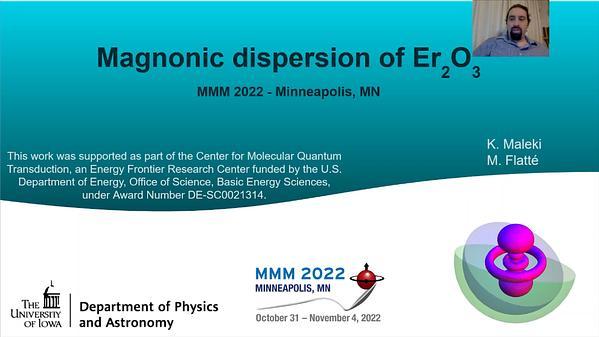Would you like to see your presentation here, made available to a global audience of researchers?
Add your own presentation or have us affordably record your next conference.
According to Clausius–Clapeyron relation ΔT/ΔH = ΔM/ΔS, a large field-induced transition temperature modulation ΔT can be expected for a phase transformation involving substantial change of the saturation magnetization ΔM 1. Fig. 1(a) describes a strategy for obtaining large ΔM by exploiting the transition between a ferromagnetic martensite and a paramagnetic austenite 2. The Curie temperature of the austenite TAC is far below the martensitic and reverse martensitic transition temperatures, denoted as TM and TA, respectively. Applying a magnetic field stabilizes the ferromagnetic phase, giving rise to increased TM and TA, without changing the thermal hysteresis TM - TA.
We next consider a particular case where TM < TAC < TA (Fig. 1(b)). Since TM < TAC, the martensitic transition now involves two ferromagnetic phases with much smaller ΔM. In contrast, the ΔM of the reverse martensitic transition is unaffected. Such an asymmetric thermomagnetic coupling controlled by the position of TAC provides a unique opportunity to tune the thermal hysteresis by external field.
As a proof of concept, off-stoichiometric Fe48Mn24Ga28 Heulser alloy with TAC ~ 180 K satisfying the above conditions was chosen. The ingots were prepared by arc melting followed by annealing at 1273 K and then quenched in cold water. We used differential scanning calorimetry (DSC), thermomagnetic (M-T) curves, isothermal magnetization (M-H) loops and M-T minor loops 3 to characterize the dissimilar magnetic field effects on the martensitic and the reverse phase transformations. Figure 1(c) shows the experimental M-T curves with applied fields up to 8 T. TM clearly shows weaker field dependence than TA, leading to large field-controlled tunability of the thermal hysteresis. In the talk, we will also discuss the role of interface friction and magnetic entropy change in the phase transformation of this alloy.
